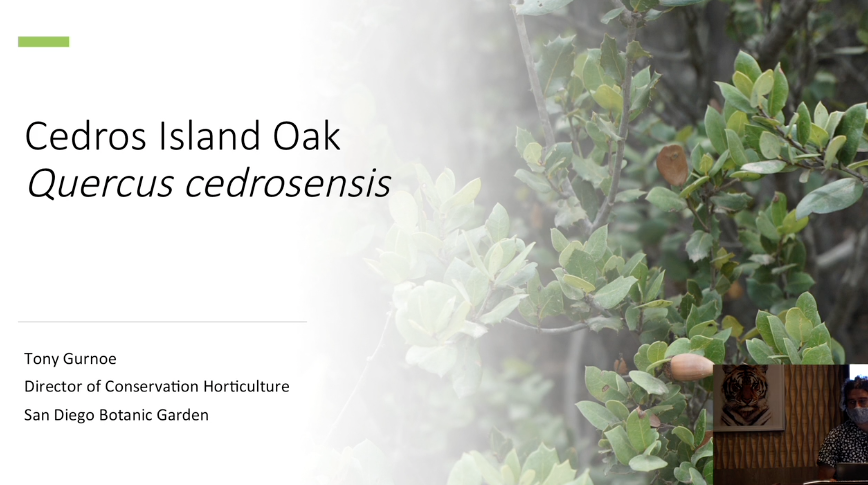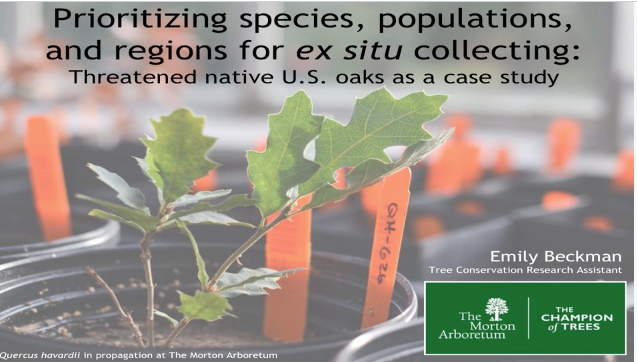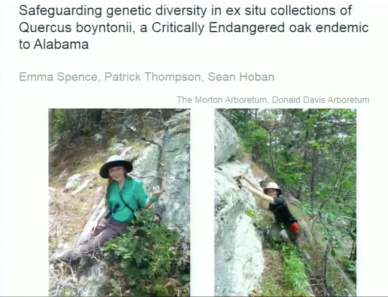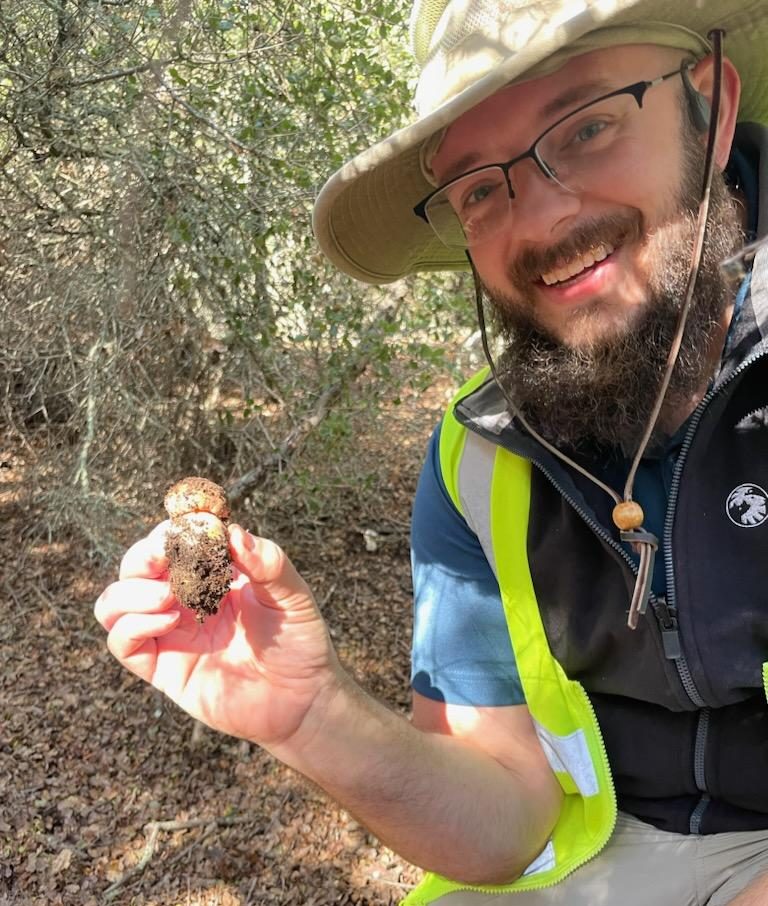
The Global Tree Conservation Program (GTCP) at the Morton Arboretum works to safeguard tree species, with a focus on oaks (genus Quercus) through research, conservation, and collaboration. Oaks are valuable keystone species that shape ecological relationships and provide multiple ecosystem services and economic benefits. Mesoamerica is the center of oak diversity, with an estimated 164 […]
Read More…

The Cincinnati Zoo & Botanical Garden’s Center for Conservation and Research of Endangered Wildlife (CREW) has partnered with 18 partner organizations across the United States to develop standardized and improved methods for getting oak species into tissue culture and cryopreservation as part of a three-year IMLS-funded project. At the conclusion of year one, we used […]
Read More…

Tony Gurnoe, of the San Diego Botanic Garden, presented an overview of Quercus cedronsensis at the 2021 Channel Islands and California Native Oak Workshop. He discussed the range, distinguishing characteristics, habitat, and species specific threats, as well as recent conservation efforts. The San Diego Botanic Garden has collected acorn and tissue, and has successfully propagated […]
Read More…

Dr. Valerie Pence, Cincinnati Zoo & Botanical Garden Although there are published protocols for initiating shoot cultures for over 20 oak species, the cryopreservation of oak shoot tips has not been reported. We have applied the droplet vitrification protocol to four species of oaks, including the endangered Q. hinckleyi, in order to evaluate the feasibility of […]
Read More…

Oaks are keystone species across the majority of forest and shrubland habitats in the United States, but many are threatened with extinction in the wild. Ongoing conservation efforts exist for some native U.S. oak species, but growing threats and limited resources necessitate prioritization and coordination. To that end, The Morton Arboretum, BGCI-US, and the U.S. […]
Read More…

Sean Hoban, Emma Spence, and Patrick Thompson, The Morton Arboretum The Morton Arboretum seeks to improve the conservation value and genetic representation in ex situ collections by developing guidance for sampling seed. One example regards IUCN Critically Endangered Quercus boyntonii (Boynton sand post oak), which is endemic to Alabama and only occurs on exposed sandstone […]
Read More…







